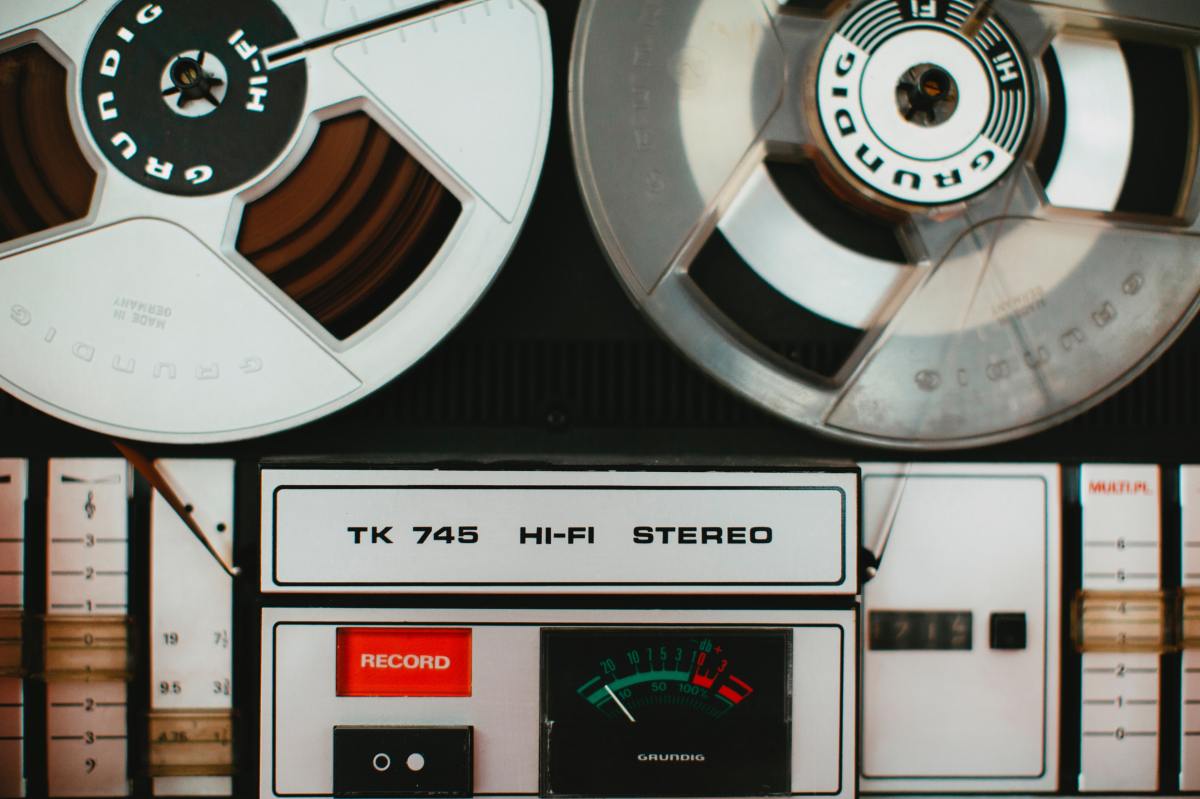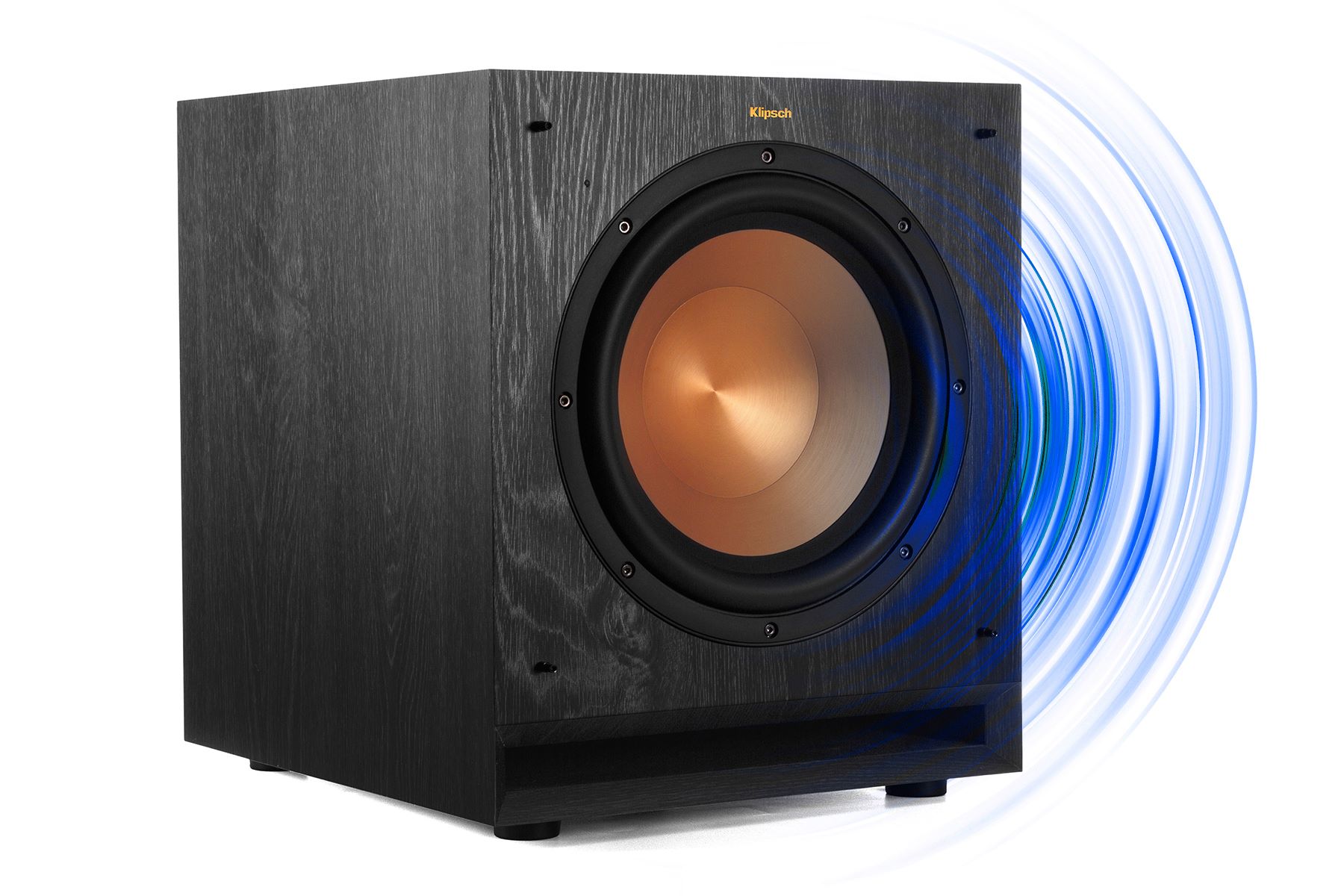Home>Production & Technology>Stereo>Mono Or Stereo Which Is Better


Stereo
Mono Or Stereo Which Is Better
Modified: January 22, 2024
Discover the difference between mono and stereo sound and find out why stereo is often preferred for a richer audio experience. Learn more about stereo sound here.
(Many of the links in this article redirect to a specific reviewed product. Your purchase of these products through affiliate links helps to generate commission for AudioLover.com, at no extra cost. Learn more)
Table of Contents
Introduction
When it comes to audio quality, there are two primary options to consider: mono and stereo. Both mono and stereo have their own unique characteristics and advantages, making them suitable for different purposes and preferences. In this article, we will explore the differences between mono and stereo and discuss the pros and cons of each.
Mono, short for monophonic, refers to audio that is recorded and played back through a single channel. This means that all the sounds and instruments are mixed together and played through a single speaker. On the other hand, stereo audio utilizes two channels to create a more immersive and dynamic listening experience. Each channel carries different audio signals, allowing for a wider soundstage and a better separation of instruments and sounds.
So, which option is better? Well, it ultimately depends on a variety of factors, including the context in which the audio will be used, the listener’s preferences, and the specific requirements of the audio production. In the following sections, we will delve deeper into the pros and cons of both mono and stereo, helping you make an informed decision about which one is the most suitable for your needs.
Definition of Mono and Stereo
Mono, short for monophonic, refers to audio that is recorded and played back through a single channel. In a mono recording, all the audio signals are mixed together and played through a single speaker or playback device. This means that the listener will hear all the sound elements in the recording coming from the same direction and through the same source. Mono recordings are often used in situations where simplicity and clarity are prioritized, such as public address systems, phone calls, and certain types of music recordings.
Stereo, on the other hand, refers to audio that is recorded and played back through two channels. In stereo recordings, the audio signals are divided into two separate channels: the left channel and the right channel. Each channel carries different audio elements, allowing for a more immersive and spatially realistic listening experience. Stereo recordings are commonly used in music production, film soundtracks, video games, and virtual reality experiences, where the aim is to create a sense of depth, dimension, and separation between different sound sources.
In stereo audio, the soundstage is wider, and listeners can perceive a sense of directionality as the sound moves from left to right and vice versa. This is achieved through the use of panning and spatial effects during the recording and mixing process. By placing different instruments or sound elements in specific locations within the stereo field, stereo recordings can create a more enjoyable and engaging listening experience.
It’s important to note that while mono and stereo are the two most common types of audio formats, there are other variations as well. For instance, surround sound systems, such as 5.1 or 7.1 surround, utilize multiple channels to create an even more immersive audio experience, with sound coming from various directions.
Pros and Cons of Mono
Mono audio has its own set of advantages and disadvantages that make it suitable for certain situations. Let’s explore the pros and cons of using mono:
Pros of Mono:
- Compatibility: Mono audio is universally compatible with all types of audio systems and devices, from basic speakers to headphones. It ensures that the audio is consistent across different playback environments.
- Clarity: Mono recordings can offer excellent clarity, as all sound elements are mixed together and played through a single channel. This can be particularly beneficial in spoken-word recordings, where the focus is on clear and intelligible audio.
- Simplicity and Easy Mixing: Mono audio is relatively straightforward to record and mix. There’s no need to worry about sound placement or spatial effects, making it a practical choice for live recordings or situations where efficiency is a priority.
- Focus on Content: Mono audio can help direct the listener’s attention solely to the content being presented, without distractions caused by stereo imaging or effects.
Cons of Mono:
- Lack of Spatial Depth: One of the drawbacks of mono audio is the absence of spatial depth. Without the ability to separate sounds into distinct channels, the experience may feel flat and less immersive.
- Limited Soundstage: Mono audio doesn’t provide the wide soundstage that stereo recordings offer. This can result in a less dynamic listening experience, especially when it comes to music recordings with multiple instruments.
- Limited Separation: In mono audio, all sound elements are mixed together, which can reduce the separation and ability to distinguish between different instruments or voices.
While mono may not offer the same level of depth and immersion as stereo, its simplicity, compatibility, and clarity make it a suitable choice for various recording and playback scenarios, particularly in situations where the primary focus is on clear and concise audio content.
Pros and Cons of Stereo
Stereo audio, with its two separate channels, offers a more immersive and spatial listening experience. Let’s dive into the pros and cons of using stereo:
Pros of Stereo:
- Enhanced Spatial Realism: Stereo recordings can create a sense of dimension and directionality by placing sound sources in specific locations within the stereo field. This adds depth and realism to the audio, mimicking how we perceive sound in the real world.
- Improved Soundstage: With the separation of audio elements into left and right channels, stereo provides a wider soundstage. Instruments and vocals can be distinctly placed within the mix, allowing for a more dynamic and engaging listening experience.
- Greater Instrument Separation: Stereo audio allows for better separation and localization of instruments. Listeners can more easily distinguish between different instruments and their contribution to the overall performance.
- Immersive Music Experience: Stereo is widely adopted in music production, as it enhances the listener’s engagement and enjoyment. The placement of instruments and the spatial effects used in stereo recordings help create a more immersive and captivating musical experience.
Cons of Stereo:
- Compatibility Considerations: While stereo is widespread, not all devices or systems may support proper stereo playback. This could result in a degraded listening experience if the audio is not correctly downmixed or played through a mono speaker.
- Complexity in Recording and Mixing: Stereo audio requires careful planning, microphone positioning, and mix balancing to achieve optimal results. It may involve more advanced techniques and equipment, making it a more time-consuming and technically involved process compared to mono recording.
- Loss of Clarity in Some Situations: In certain situations, such as spoken-word recordings or phone calls, stereo audio may not be necessary or desirable. It can potentially overshadow the clarity of the content being presented.
While stereo audio offers a more immersive and dynamic listening experience, it requires careful recording and mixing techniques to fully leverage its benefits. It is most commonly used in music production, film soundtracks, and other forms of multimedia where spatial realism and separation between sound sources are crucial. However, compatibility issues and the complexity involved in the recording process should also be considered when deciding whether to utilize stereo audio.
Factors to Consider When Choosing Between Mono and Stereo
When deciding between mono and stereo, there are several factors to consider. Each option has its own strengths and weaknesses, so it’s important to assess your specific needs and use cases. Here are some factors to consider when making that decision:
Content Type:
The type of content you are producing or consuming is a crucial factor. For example, if you are recording a podcast or a phone conversation, mono audio may be more suitable as it prioritizes clarity of speech without the need for spatial effects. On the other hand, if you are creating a music production or an immersive audio experience, stereo audio can bring richness and dimension to the recording.
Playback Environment:
Consider where your audience will be listening to the audio. If your content will primarily be consumed through headphones or speakers that support stereo playback, then stereo may provide a more engaging and immersive experience. However, if your content will be played in environments where stereo compatibility is uncertain, such as public address systems or low-quality speakers, mono audio ensures consistent playback across all devices.
Recording Constraints:
Take into account the resources, time, and expertise available for recording and mixing. Mono audio is simpler and less demanding to produce, making it a practical choice for live recordings or situations with limited equipment or technical capabilities. Stereo recording requires more meticulous planning, microphone placement, and mixing techniques to achieve optimal results.
Listener Preferences:
Consider your target audience’s preferences. Some listeners may prefer the clarity and directness of mono audio, while others may appreciate the more immersive and spacious experience of stereo. Understanding your audience’s expectations and preferences can help guide your decision.
Context and Purpose:
Consider the context in which the audio will be used and the purpose it serves. If the goal is to deliver information or emphasize speech, mono audio may be more appropriate. If the aim is to create a captivating audio experience, stereo can enhance the impact and engagement of the content.
Ultimately, the choice between mono and stereo depends on the specific requirements of your project, the intended audience, and the desired outcome. By evaluating these factors, you can make an informed decision that best suits your needs and delivers the desired audio experience.
Conclusion
Choosing between mono and stereo audio depends on various factors, including the content type, playback environment, recording constraints, listener preferences, and context. Mono audio offers simplicity, compatibility, and clarity, making it suitable for spoken-word content or situations where focus and simplicity are prioritized. On the other hand, stereo audio provides an immersive and dynamic listening experience with enhanced spatial realism and instrument separation, making it ideal for music production and multimedia experiences.
While mono and stereo each have their own advantages and disadvantages, it’s essential to consider the specific requirements of your project and the expectations of your audience. Understanding the purpose of the audio and the desired outcome will help guide your decision. Remember to consider the playback environment, recording constraints, and the preferences of your audience when choosing between mono and stereo audio.
In some cases, it may even be beneficial to use a combination of both mono and stereo. For example, using mono audio for clear and focused speech elements, while incorporating stereo effects or music to enhance the overall experience.
Ultimately, the choice between mono and stereo is subjective and depends on the specific needs of your project. By carefully considering the factors outlined in this article, you can make an informed decision and ensure that the audio you create or consume delivers the desired impact and engagement.











